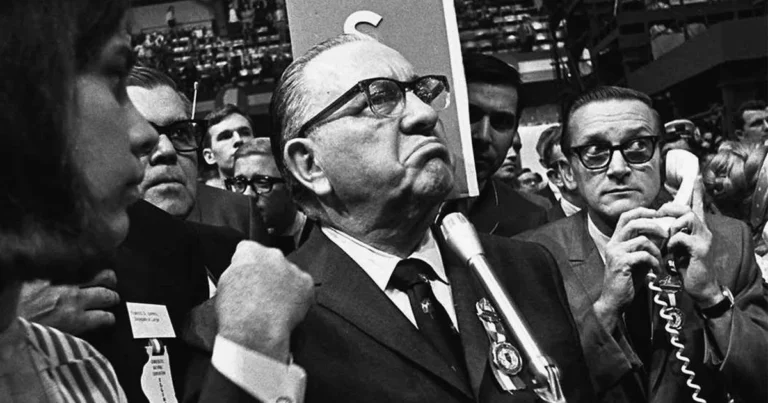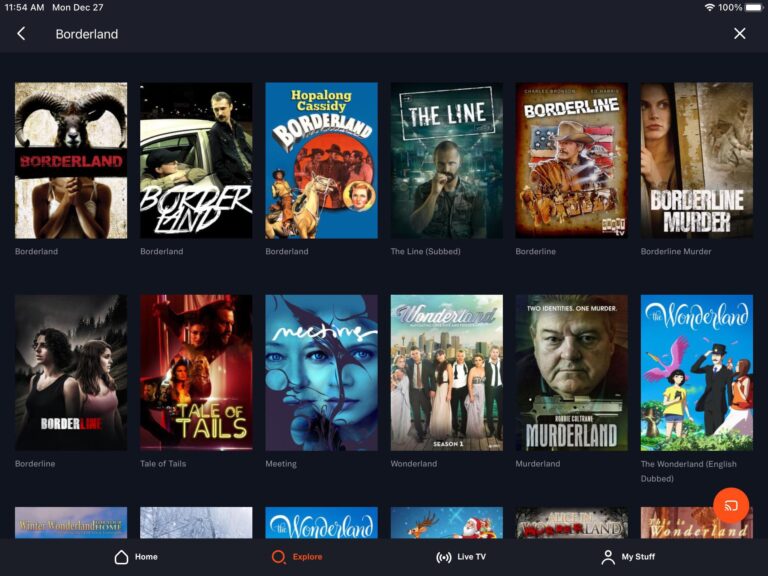Embracing the ‘Lazy’ CEO Mindset
The traditional image of CEOs is individuals who are always busy, juggling multiple tasks, and immersing themselves in every minute detail of the company. However, Leila Hormozi, co-founder of Gym Launch, introduces a counterintuitive concept in a thought-provoking video: perhaps most people aren’t ‘lazy’ enough to be effective CEOs.
The ‘lazy’ she refers to isn’t about shirking responsibilities. Hormozi suggests a form of strategic laziness where the CEO steps back from micromanaging and instead identifies issues and delegates tasks. This approach frees up mental space and time for the CEO, allowing them to focus on broader strategic goals, ensuring the company’s profitability and stability in the stock market.
The Strategic Detachment
This model of leadership is about being selectively hands-off. Rather than being embroiled in day-to-day operations, the ‘lazy’ CEO maintains an overview of the business. They spot systemic issues or bottlenecks that, when resolved, can cause significant improvements in workflow and productivity. Hormozi notes, “When you’re overwhelmed, those are the points of constraint you have to delegate.” This detachment allows CEOs to allocate resources and attention efficiently, where they can have the most significant impact.
The Power of Delegation
I see this as the biggest problem for entrepreneurs running their businesses. They hate to delegate and to spend money on talent to delegate to, even if they hire talent temporarily as contractors to solve one particular issue. Recognizing problems is one skill; solving them is another. However, the ‘lazy’ CEO doesn’t jump into the fray to fix issues. They delegate these tasks to their teams, entrusting skilled professionals to find and implement solutions. Hormozi states, “Your role… is to make everyone around you successful.” This empowerment is two-fold: it helps staff grow professionally and personally, and it fosters a sense of ownership and responsibility.
Impact on Profitability and Stock Position
By ensuring the right people are in the right places, doing the right things, a ‘lazy’ CEO safeguards the company’s financial health. They are better positioned to oversee big-picture financial planning, market positioning, and potential partnerships. Their strategic ‘laziness’ keeps them available for high-impact decisions, which can influence company growth, stock prices, and investor relations.
Practical Strategies for CEOs
For CEOs and entrepreneurs wanting to adopt this ‘laziness,’ several strategies can be immediately useful:
- Learn to Delegate Effectively: Understand your team’s strengths and assign tasks accordingly. Remember, delegation is an exercise in building trust, not losing control.
- Promote Open Communication: Create an environment where team members can freely share ideas and feedback. This transparency can often lead to identifying business blind spots and innovative solutions.
- Utilize Technology: Implement automation for mundane tasks. Use project management tools to track progress without having to step in personally.
- Stay Informed: Keep abreast of industry trends and market changes. An informed leader makes decisions that are contextually relevant and beneficial in the long term.
- Build a Reliable Team: Your team is your greatest asset. Invest in their development, and they’ll help carry the company to new heights.
A New Leadership Paradigm
In essence, being a ‘lazy’ CEO is about smart work, not hard work. It’s about understanding the unique role of a CEO — one that requires a balance of insightful oversight and strategic hands-on leadership when necessary. The goal is to create a smoothly operating company, where everyone knows their role, responsibilities are clear, and the right people are empowered to make decisions.
Hormozi’s perspective offers a fresh take on leadership, “If you can be ‘lazy’ effectively, you make sure that everyone is aligned, everyone knows what they’re marching towards, and they’re able to do it without you.” This mindset, once embraced, can lead to a healthier work-life balance for the CEO, a more engaged and empowered team, and a resilient, adaptive organization. In this model, the CEO’s ‘laziness’ becomes the company’s asset.











